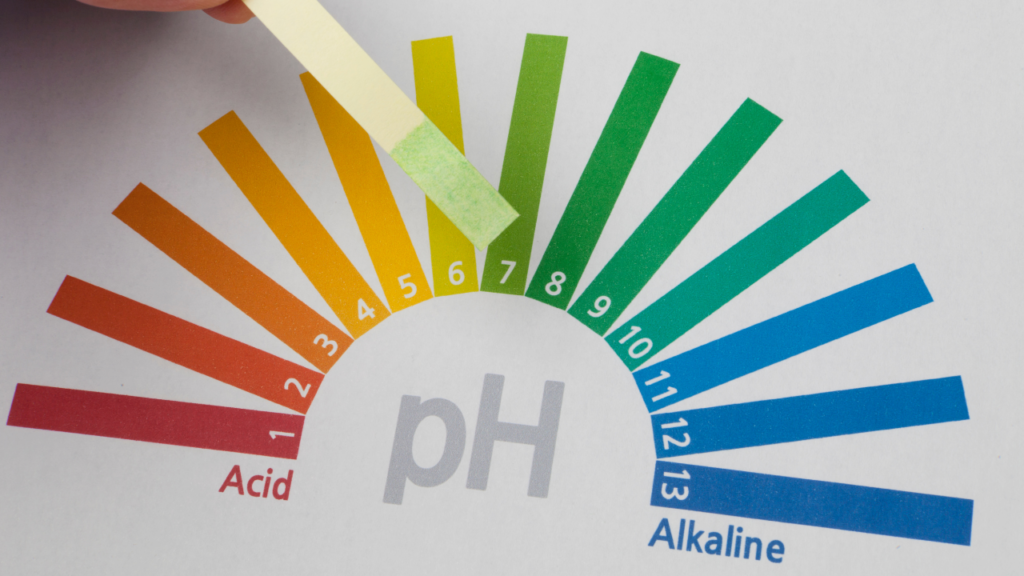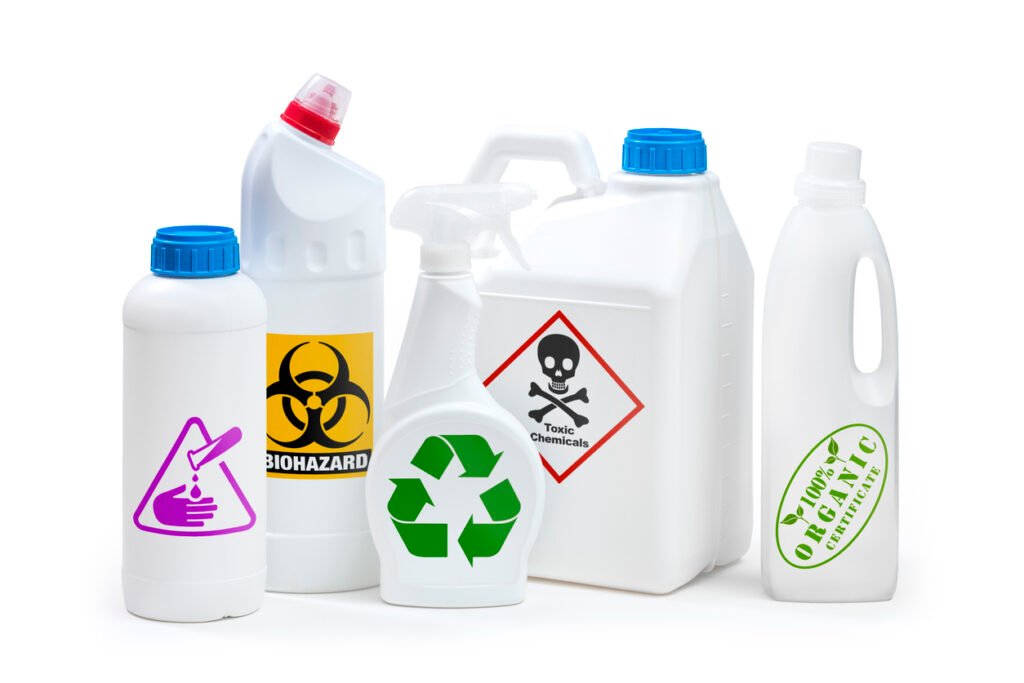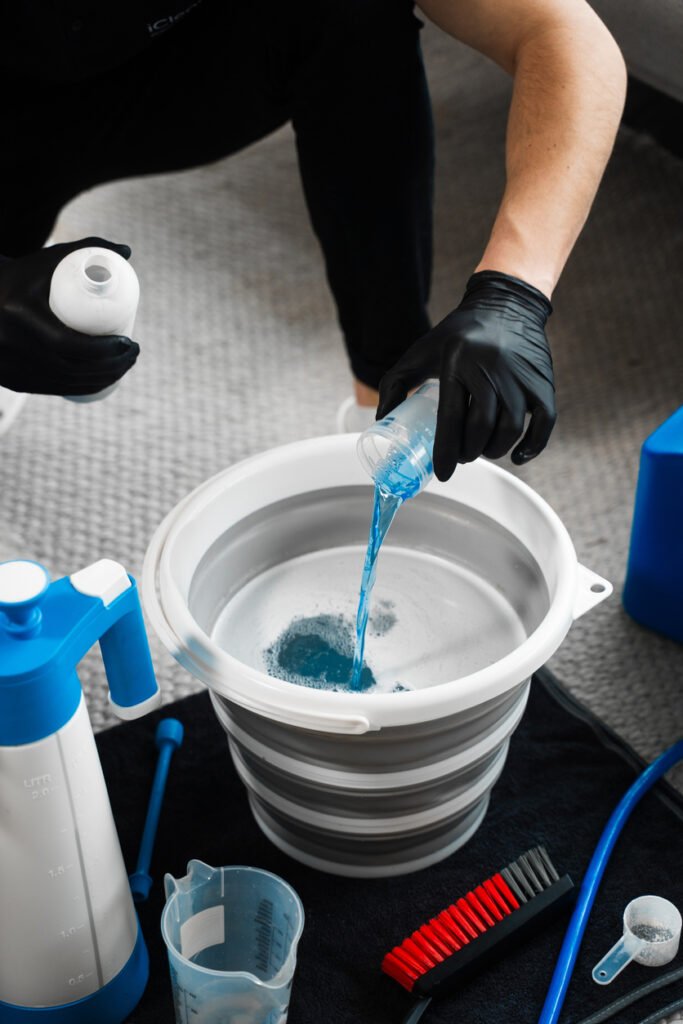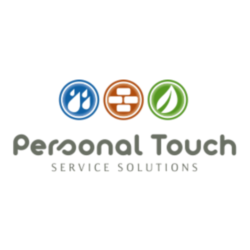Cleaning Chemistry 101: Understanding What You’re Really Using

Cleaning Chemistry 101: Understanding What You’re Really Using
From greasy kitchen spills to hard water stains in commercial restrooms, nearly every cleaning challenge has a chemical solution. But what exactly goes into that solution? Whether you’re a homeowner trying to make better choices or a facility manager aiming to stay OSHA-compliant, a basic understanding of cleaning chemistry can make a world of difference.
At Personal Touch Service Solutions, we believe that smart cleaning starts with knowing the science. Here’s a breakdown of the essential chemistry behind everyday cleaning, including how professionals choose the right product for the job.
Understanding pH: Acidic, Alkaline, and Neutral
The pH scale ranges from 0 (most acidic) to 14 (most alkaline), with 7 being neutral. Cleaning professionals match the pH of a cleaner to the type of soil or stain they are trying to remove.
● Acidic Cleaners (pH < 7): These are best for removing mineral deposits like limescale or rust. For example:
○ Tannic acid (in dilution) can help with coffee stains.
○ Phosphoric acid-based cleaners are excellent at breaking down hard water buildup on acid-safe surfaces like porcelain.
● Alkaline Cleaners (pH > 7): These are great for cutting through oily, greasy soils. ○ We use high-alkaline spotters to remove grease and floor waxes.
○ Alkaline products are typically used for kitchen degreasing and floor stripping. ● Neutral Cleaners (pH ≈ 7): These are safer for everyday use and for delicate surfaces. ○ Ideal for general-purpose cleaning, including floors and walls.
○ Most neutral cleaners are mild, non-corrosive, and low-risk for skin contact.

Key Concepts in Cleaning Chemistry
Dilution
Dilution refers to how much product is mixed with water or another solvent. The correct ratio ensures the product is effective without being wasteful or damaging. More is not better: over-concentration can damage surfaces and increase health risks.
Suspension
Suspension allows soil particles to stay evenly mixed in the solution instead of settling out. This keeps soils from re-depositing on surfaces.
Surfactants
These lower the surface tension of water, allowing it to spread and penetrate soils more effectively. Surfactants help water behave more like a cleaning film, rather than just beading up and rolling off.
Emulsification
Emulsification happens when a chemical breaks down and lifts oily soils into the solution, so they can be rinsed or wiped away. For example, floor waxes are emulsified by high-alkaline strippers.

Abrasives and Scrubbing Tools
Abrasive cleaning involves friction-based removal of soils using tools like scrubbing pads, microfiber cloths, and powdered cleansers.
● Micro-abrasive powders (like soft scouring powders) can help remove stuck-on residue, but must be used cautiously.
● Scrubbing pads come in a variety of grits. Professionals choose them based on the surface and type of soil involved. Too coarse a pad can damage finishes like stainless steel, natural stone, or soft plastics.
● Always test in an inconspicuous area before using abrasives.
Natural Products: Cleaner and Greener?
Natural products use chemistry too—but their ingredients come from naturally occurring substances rather than synthetic chemicals. Here are just a couple of examples
● Vinegar is a popular acid-based cleaner used for mineral buildup. However, it lacks surfactants, so it struggles to cut through some soils and, of course, things smell like pickles.
● Di-limonene, a citrus-derived solvent, is excellent at cutting grease—but at high concentrations, it can strip paint and damage finishes.
Are natural products always better? Not necessarily. They’re often safer and more biodegradable, but they must still be used with knowledge and care. Make sure you read about any natural products and their intended uses. And don’t pay a huge extra cost with so many products to choose from.
Here are a few options we recommend
For general-purpose cleaning, both homeowners and professionals should have a few essentials:
1. Glass & Surface Cleaner
○ Look for formulas with isopropyl alcohol for a streak-free finish.
○ Great for mirrors, chrome, and any water-safe surface where clarity matters. 2. Disinfectant Cleaner
○ We prefer hospital-grade disinfectants with quaternary ammonium compounds (quats). Look for kill rates of no more than two minutes
○ These provide fast and effective pathogen control on community touchpoints. 3. Neutral Floor Cleaner
○ Designed for daily cleaning of tile, laminate, sealed concrete, and vinyl. ○ Gentle on finishes but effective at lifting dirt and grime.
4. Hydrogen Peroxide-Based Cleaners
○ These offer light disinfecting while breaking down organic soils.
○ Versatile and environmentally friendly.
5. Degreasing Dish Soap (Blue Liquid Type)
○ Gentle, yet excellent at cutting through grease.
○ A go-to neutral cleaner for kitchens and multipurpose use.
6. Vegetable Oil-Based Soaps
○ Safe and biodegradable, though sometimes streaky.
○ Best for occasional use on unfinished wood or gentle hand-washing tasks.
Special Notes for Commercial Buildings
If you’re cleaning in a commercial setting, there are legal responsibilities tied to your cleaning products:
● SDS Sheets (Safety Data Sheets) must be on-site for every chemical used. ● Right-to-Know Labels must be present on all bottles.
● All cleaning agents must be used according to OSHA guidelines and manufacturer instructions.
At Personal Touch, we handle this compliance for our clients—ensuring their buildings are clean, safe, and legally protected.
Bonus Knowledge: Other Key Factors That Influence Cleaning Results Residue and Re-Soiling
Some cleaners, especially if overused or poorly rinsed, leave sticky residues. These can actually attract dirt and lead to faster re-soiling. Low-residue, properly diluted products help surfaces stay cleaner longer. This is especially important with carpet cleaning.
Chemical Compatibility
Not all products are safe on all surfaces or even mixed together. For example, ammonia can dull marble, and strong citrus solvents can strip finishes. Always match your product to the surface—and test if unsure. Also use the product according to manufacturers recommendations.
Dwell Time for Disinfection
Disinfectants need time to work. The required dwell time (often 1 to 10 minutes) must be respected for true microbial kill rates. Many wipes dry too fast to be fully effective, unless they contain fast-acting hospital-grade ingredients.
Green Products & Certifications
Look for third-party certifications like Green Seal or EPA Safer Choice to ensure your products meet health and environmental standards. These options are excellent for clients prioritizing sustainability.
Ergonomics and Safety for Cleaners
Cleaning professionals face repetitive motion, chemical exposure, and physical strain. Providing ergonomic tools, PPE, and clearly labeled products isn’t just good policy—it’s part of treating your team with respect and dignity.
Chemistry Is Everywhere. So Let’s Understand It.
Whether it’s a floor cleaner, a glass spray, or a citrus solvent, every product you use is based in chemistry. Understanding the pH, dilution, suspension, surfactants, abrasives, and emulsifiers behind your cleaning tools empowers you to:
● Choose the right product for the job
● Avoid damage to delicate surfaces
● Reduce waste and improve safety
● Create healthier environments for everyone
At Personal Touch, we bring the science and the service. Whether you’re managing a large commercial facility or just trying to keep your home healthy and fresh, we can help you clean smarter, safer, and more sustainably.
Because clean isn’t just how it looks. It’s how it works.

Leave Comment